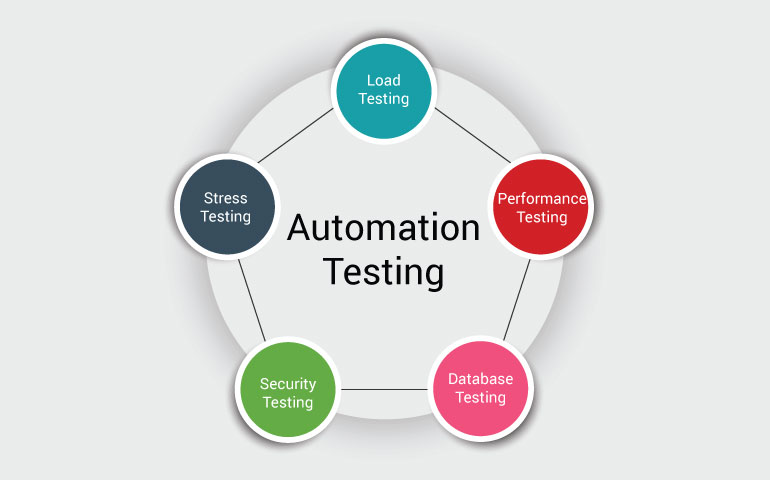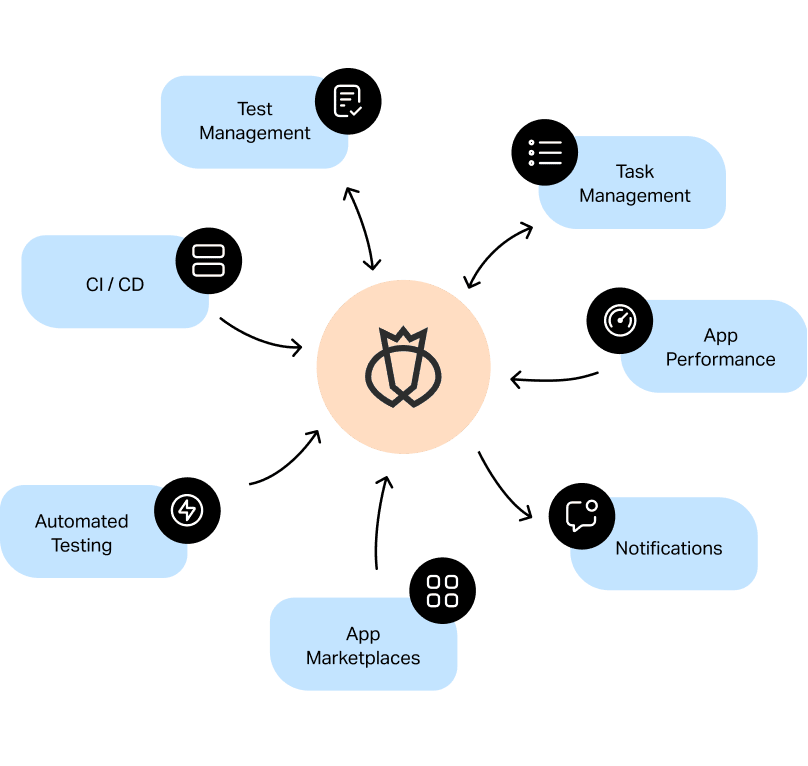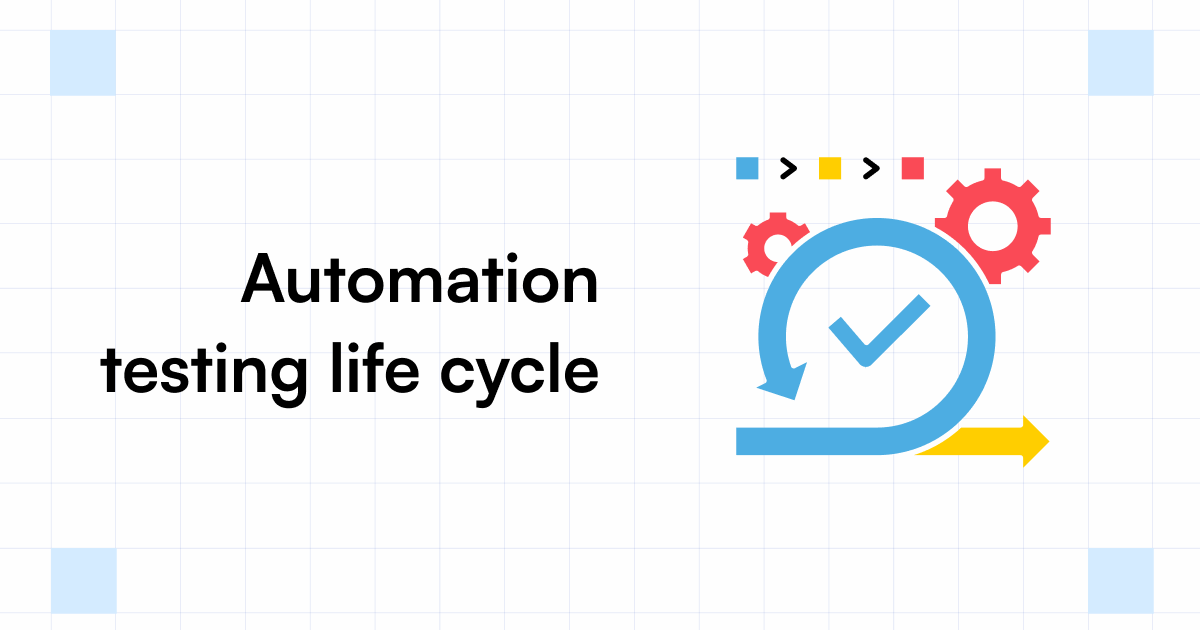The Value of Automation Testing in Agile Growth Settings
The Value of Automation Testing in Agile Growth Settings
Blog Article
From Manual to Automated Screening: A Comprehensive Guide to Transitioning Smoothly and Efficiently
In the world of software application testing, the shift from guidebook to automated procedures has actually become an increasingly vital transition for companies looking for to improve effectiveness and accuracy in their testing techniques. The trip from manual to automated testing is not without its obstacles, however when approached purposefully and with a clear strategy in mind, the advantages can be significant.
Advantages of Automated Checking
Automated screening supplies numerous advantages, improving performance and precision in software application advancement procedures. Automated examinations can be run simultaneously on several gadgets and running systems, significantly speeding up the screening stage contrasted to hand-operated testing.
Moreover, automated testing guarantees a higher degree of accuracy in spotting problems. Uniformity in screening is also boosted, as automated examinations execute the same steps exactly each time they are run.
Picking the Right Devices

To start with, assess your goals and needs. Understand the range of your project, the innovations entailed, and the skill set of your team. This analysis will assist you establish the features and abilities you require in your testing tools.
Secondly, think about the compatibility of the tools with your existing procedures and systems. Smooth integration with your present software application advancement lifecycle is vital to make sure a smooth change to automation.
Additionally, assess the scalability and adaptability of the devices. As your testing needs progress, the devices need to be able to adapt and fit changes efficiently.
Lastly, consider the assistance and community around the devices. Robust support and an active customer neighborhood can offer valuable sources and assistance when applying automated testing. By thoroughly considering these elements, you can select the right devices that align with your demands and established the stage for an effective change to automated testing.
Creating Effective Test Manuscripts

When crafting examination scripts, it is vital to take into consideration the particular needs of the software application being tested and make sure that the scripts attend to all important capabilities. Detailed and clear naming conventions for test manuscripts and test situations can boost readability and maintainability. Furthermore, including error handling systems within the examination manuscripts can help in determining and addressing problems without delay.
Furthermore, organizing examination manuscripts into modular elements can enhance reusability and scalability, lowering redundancy and enhancing effectiveness in examination script upkeep. Normal reviews and updates to check manuscripts are crucial to equal progressing software program requirements and functionalities. By complying with these concepts, testers can develop reliable and durable examination scripts that contribute considerably to the success of automated testing processes.
Integrating Automation Into Workflows
Effective assimilation of automation devices right into existing operations streamlines processes and improves productivity within software development cycles. When incorporating automation into workflows, it is important to determine repeated tasks that can be automated to save time and minimize human mistake. By flawlessly incorporating automated screening tools like Selenium or Appium into the software development lifecycle, teams can attain faster responses on code adjustments, causing quicker insect detection and resolution. This combination permits for continual find screening throughout the advancement process, ensuring that any issues are recognized early, leading to higher software quality. In addition, automation can be utilized to activate tests instantly after each code devote, offering immediate validation and freeing up testers to concentrate on more complex circumstances. Appropriate integration of automation devices requires cooperation between development, screening, and operations groups to establish a unified process that maximizes effectiveness and effectiveness in providing top notch software application products.
Making Certain a Smooth Transition
Effectively transitioning to automated screening entails precise preparation and mindful implementation to optimize and decrease disruptions efficiency in the software application advancement procedure - automation testing. To make sure a smooth change, it is vital to start by carrying out a thorough assessment of the current testing processes and identifying areas where automation can bring the most significant advantages. Involving with all stakeholders beforehand at the same time, consisting of developers, testers, and project managers, is essential for gathering support and buy-in for the automation initiative
Communication is essential during this transition stage. Clear interaction of the over here objectives, advantages, and expectations of automated testing helps to take care of any resistance or problems that might develop. Furthermore, offering appropriate training and resources for staff member to upskill in automation devices and strategies is crucial for making sure a successful transition.

Final Thought
Finally, transitioning from guidebook to automated screening offers numerous benefits, including boosted effectiveness and integrity. By picking the ideal devices, creating effective test scripts, and integrating automation seamlessly into process, organizations can make sure a find this smooth and effective shift. It is necessary to welcome automation as a valuable asset in software screening procedures to boost total top quality and performance.
In the world of software program screening, the change from guidebook to automated procedures has actually come to be an increasingly vital change for companies looking for to boost effectiveness and precision in their testing practices. Automated examinations can be run at the same time on numerous devices and operating systems, significantly speeding up the testing phase compared to manual screening. Uniformity in screening is also improved, as automated tests execute the same steps precisely each time they are run.To ensure the successful execution of chosen testing devices, the production of reliable examination manuscripts plays a vital function in validating the functionality and performance of automated procedures - automation testing. By complying with these principles, testers can develop reliable and durable test scripts that add considerably to the success of automated screening procedures
Report this page